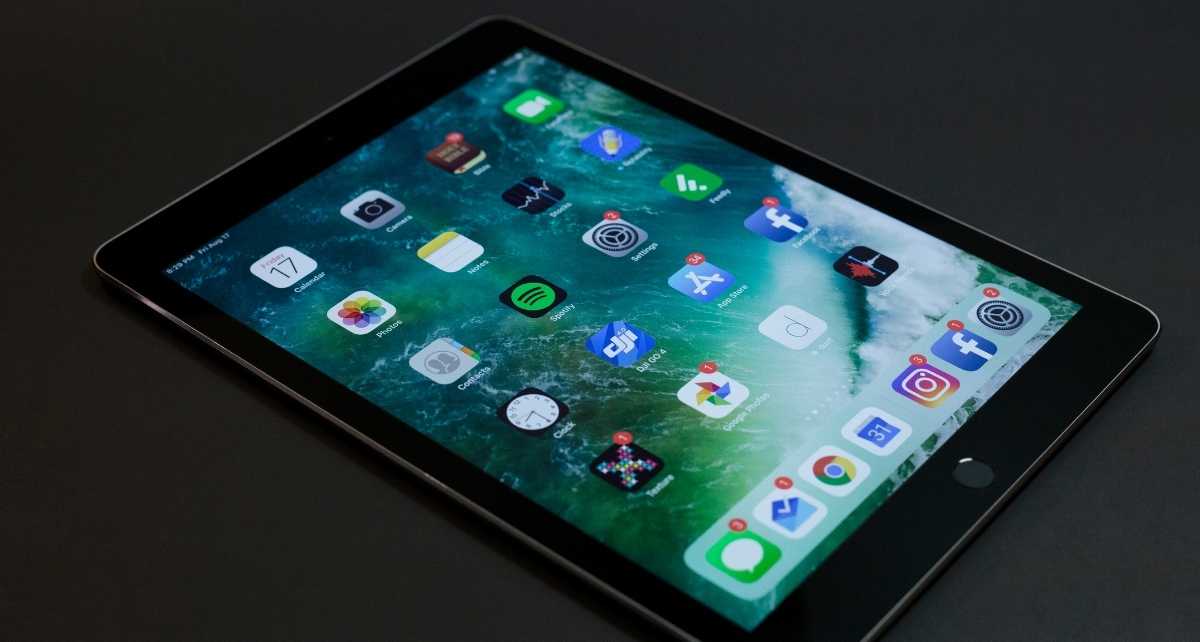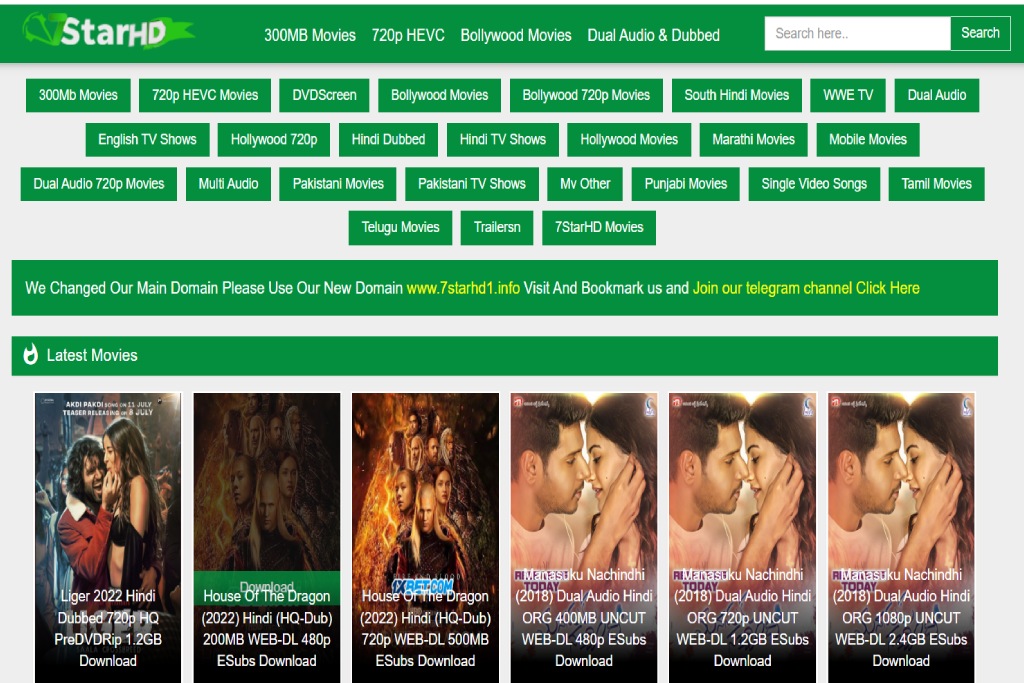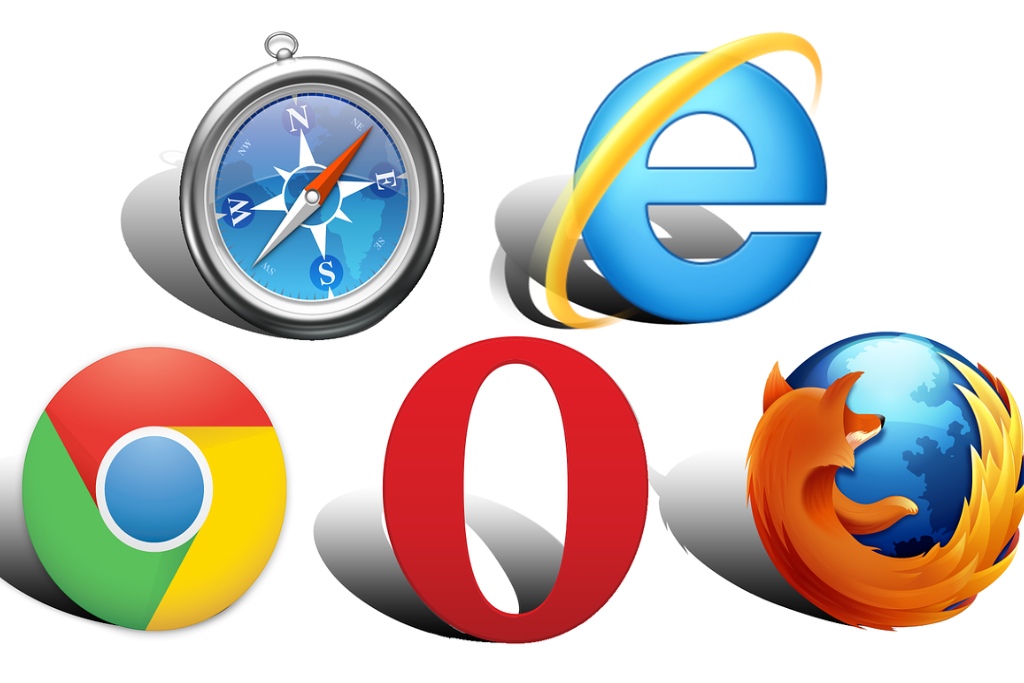WHY ANDROID TABLETS ARE (ALMOST) DEAD AND IPADS ON TOP

Although iPhones are undoubtedly a great success, they currently dominate the Android smartphone market. A few years ago, there was a time when one of the significant manufacturers introduced its tablet with new hardware, design, and features every month. Today, however, the situation is entirely different. Why has Google failed to succeed with its system in the field of tablets, and apart from Samsung, they can be called dead today?
You may have just said that the problem with tablets is not the system but the very idea behind it. From this perspective, history begins in 2003, when Microsoft showed the world a Tablet PC device, and it is the first machine to approach tablets as we know them today. However, it had several shortcomings, both functionality and design.
Not surprisingly, as the primary software company, Microsoft wanted to build its tablet on its operating system. At the time, it was now legendary, Windows XP. Although the developers added several add-ons, such as a virtual keyboard and a notes application, the user interface remained unchanged. If you still remember XP, you will also not forget the small items across the system and the overall layout of the user interface perfectly adapted for mouse control.
Using a finger would be a pain, so Microsoft added a stylus to the tablet, thanks to which you were able to “hit” the item more precisely. Windows XP has proven to be a wrong choice due to the demands on computing power. A powerful processor needs to be cooled and given enough energy. High weight, thickness, low battery life and, last but not least, a price is starting at $ 2,000 condemned the device to fail.
Table of Contents
The iPad Has Brought A Change
Except for a few unsuccessful attempts, the ground collapsed on the tablets for several years. And then it came. Apple introduced a new tablet in 2010 that changed the way we look at these devices. He didn’t try to replace computers or Macs, on the contrary. The iPad was to fill a gap in the market between the MacBook as a working tool and the iPhone as a mobile communicator.
Apple built the whole concept on touch control, to which everything was adapted. They, therefore, decided to use a mobile operating system, which allowed the deployment of an energy-saving processor. These measures are based on the user experience – customers get light, fast, long-lasting equipment at an affordable price.
The primary focus of the iPad was consuming content – browsing the web, watching videos and playing games. That’s why the iPad has not seen an official keyboard or even mouse support for many years.
Rise And Fall
Android tablets have tried to tune in to this trend and get closer to the iPad; they have encountered several problems that have never been solved. In the beginning, the tablets were just magnified smartphones, and this was doubly true of those on the Android platform. Along with the launch of the iPads, Apple also released information and tools for developers to let them know how to customize applications for the new platform. At that time, the AppStore was already “launched” thanks to the success of the iPhone, and users were increasingly willing to pay for applications. In addition, the interest of the developers was supported by a massive marketing campaign regarding news, high sales of iPods and interest from users.
In the second camp, the situation was the opposite. Google finally launched a new Android Honeycomb optimized for large tablet displays, but the system was a disaster. The non-intuitive controls that plagued Android on mobile phones at the time were carried over here, and the popularity was not helped by the lousy optimization and chopping of the environment itself.
Compared to the smooth and straightforward iOS, with the ability to control simple gestures without thinking, Honeycomb looked like a joke. In tablet applications, the Android Market (now known as Google Play) was virtually empty. Mobile apps didn’t look good on large screens, and the layout of the elements wasted a lot of space. In addition, the developers were not sufficiently motivated to change the situation, sales were lousy, and there was no reference model to set the direction.
However, the situation was taken over by several well-known companies, which blew the wind into the sails with the introduction of their models. In 2010, the first Samsung with the Galaxy Tab, later HTC joined with its Flyer. However, the news was quite bold, and the iPad tried to compete in pricing policy, which they certainly did not have.
That’s why Google itself decided to enter the game and, in 2012, introduced the Nexus 7 with a powerful Tegra processor from Nvidia and a price of around 200 euros. It was the first cheap tablet that was worth something. Along with Google, other companies also expanded their product range, and the Android platform began to grow on tablets gradually.
The primary applications have finally been optimized, and the first actual game titles such as Dead Trigger, Need for Speed: Most Wanted or Shadowgun: Deadzone has arrived. Customers began to spend more time with their mobile devices, which led to the rapid magnification of screens on smartphones. At the same time, advances in microelectronics and miniaturization have made it possible to design ever thinner laptops with better displays and longer life. The imaginary gap for the tablet category began to narrow.
Apple recognized this problem and took the necessary action. In contrast to the cumbersome changes in the Android tablet market, it made quick decisions with complete control over software and hardware. The new iPad Air was noticeably thinner, while the frames around the display were also reduced. However, cosmetic interventions would mean nothing, and the company was well aware of this. Therefore, pressure has begun on the processor’s performance, and marketing proves that the iPad is no longer perceived as a tool for consuming content.
Meanwhile, the quality of applications has increased rapidly; in addition to games and social networking clients, legends have been added directly from Apple as GarageBand for making music. IPad owners could also use the full-featured Pages, Numbers and Keynote office applications or edit video in iMovie. The inclusion of the iPad gradually began to turn to the side of working tools, which was also confirmed by the arrival of the split view in iOS 9.
Too Good Smartphones And Laptops
Some Android tablets also supported split-screen, and on Samsung ones, you could even use windows. The problem was that the feature didn’t come from Google, so it wasn’t rooted in the applications themselves. This was reflected in clumsy functioning. In the meantime, the diagonal of smartphones has increased, from iPhones Plus to 5.5 “, and in the world of Android, 6” devices have become more and more popular. Android tablets have already received several interesting applications, but new versions of the system have reached a minimum of instruments.
Therefore, the developers could not build their apps on new, more advanced libraries; they needed to maintain backward compatibility. The quality of applications for Android thus lagged far behind the iPad and, if they were optimized for a larger display, then for 7 “. The manufacturers of the devices themselves were unaware of this serious shortcoming and, for the most part, set the price at the level of the iPads.
From this point on, the situation already had a relatively rapid decline. Users knew they could do anything on their large-screen smartphone, and the Android tablet wouldn’t bring them any added value in terms of productivity. Instead, they preferred an iPad with more features, often better processing, several years of guaranteed system support, and most importantly, plenty of quality and well-optimized applications. At that time, Microsoft also started to push the segment with the ultrabook project – many manufacturers began to offer light, fast laptops with long life and a full-fledged Windows system. They often also had a touch screen and a convertible solution, e.g., Yoga from Lenovo. If you became the owner of such a device, the Android tablet was simply useless to you.
Google Gave It Up
Google was slowly beginning to guess the future of Android on tablets was. Therefore, he invested in developing the ChromeOS operating system designed especially for students. Support for Android applications has been added, advanced work with windows and developers have also worked on the experience of use and intuitive control of gestures.
The system mainly got cheap convertible laptop tablets with a flip-off keyboard where it fit. However, Google did not see the future of its system only in affordable plastic devices, and it wanted to compete with the iPad again. That’s why at the end of last year, it introduced its Google Pixel Slate tablet, which starts at 600 euros.
However, a carousel of unexpected events has begun. Like all other technologies, journalists wanted to test this new tablet immediately. However, for incomprehensible reasons, Google released it with tragic system optimization. There were no errors in the animations or minor problems. The whole system cuts highly, even with the simplest tasks such as scrolling a page on the Internet or switching between applications.
From this point of view, it was one of the enormous loaves ever in customers’ hands. The update eventually resolved the problem, and the device became smooth, but it was too late. It happened only after the first reviews came out. Sales were lousy, which resulted in an official statement from Google From June this year that it is ending the production of its tablets.
Samsung Is Not Giving Up
If we look at the Android tablet market today, we will only find cheap Chinese models and a few years old tablets from Huawei. Samsung is the only one serious about this market, and he tries to fight the windmills with his superstructure and sophisticated hardware while constantly introducing new tablets.
The latest is the flagship Galaxy Tab S6, unveiled at the end of June. The novelty is armed with the S Pen-style and the possibility to use a hardware keyboard with a touchpad. In addition, Samsung has deployed the best display on the market – the 10.5 “Super AMOLED virtually and complemented by a Snapdragon 855 and 6GB of RAM. The price was set boldly at 700 euros, so the Galaxy Tab S6 competes with the iPad Pro. Compared to them, however, due to the platform, it still lacks professional applications. However, the future will show how successful this will be.
iPad On The Rise
Apple has always gone its way, and not with tablets. In 2015, as tablet sales began to decline globally, it came with the biggest revolution in iPads since the first generation. The first iPad Pro was introduced. But don’t get me wrong, the novelty looked almost identical to its predecessor. The biggest revolution was the way the iPads started looking.
The new models were equipped with a magnetic connector to add an official Smart Keyboard, and Apple began inserting keyboard shortcuts into applications. In addition, the introduction of the Apple Pencil pencil with minimal response and pressure and screen tilt sensors has predestined the new Pros as working tools for graphic designers.
iPads have retained their success mainly due to the added value. Unlike Android tablets, these are no longer just enlarged smartphones. Apple is currently trying to bring them as close as possible to the MacBook, as evidenced by introducing the new iPadOS operating system.
The quality of the applications has increased over the years, and today we can find pieces such as AffinityPhoto, Adobe Illustrator Draw, Procreate or Autodesk SketchBook in the AppStore. The legendary Photoshop CC will soon come to this platform, which Android tablets could only dream of.
Also Read: iPhone, iPad & Co. Safari Bug Could Reveal Your Data






